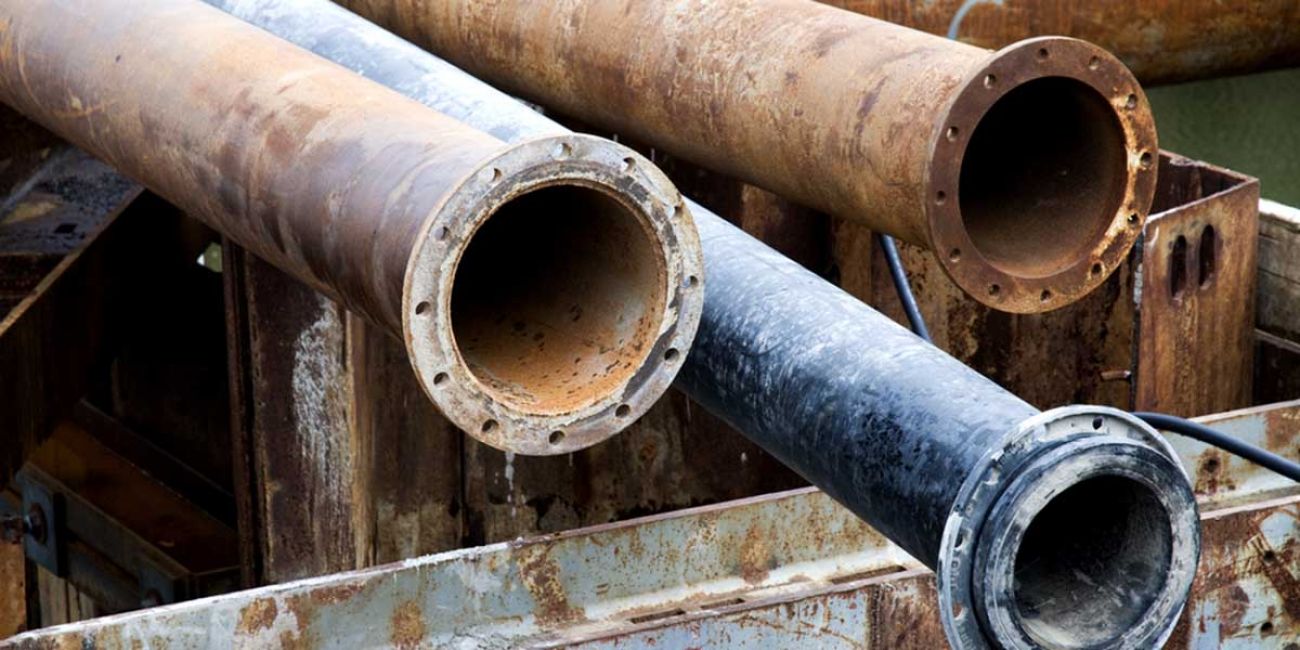
By Timberly Ferree, Indiana Environmental Reporter
In the first direct analysis of its kind, a study by Indiana University researchers has found a link between lead in drinking water, specifically from private wells, and juvenile delinquency.
“There’s not been a direct analysis on lead exposure and children’s outcomes later in life before. This is the first,” explained Jackie MacDonald Gibson, author of the study and chair of the Department of Environmental and Occupational Health at the IU School of Public Health-Bloomington. “We looked at lead in water and children under 7 and followed them until age 14.”
The study, published in Proceedings of the National Academy of Sciences, found that children who get their water from private wells before age 6 have higher blood lead levels and, as a result, have a 21% higher risk of being reported for any delinquency after age 14, and a 38% increased risk of having a record for a serious complaint, such as felony property or weapons offenses and misdemeanor assaults.
“It’s been known for some time now that lead is a neurotoxin. It interferes with young children’s developing brains,” Gibson told Indiana Environmental Reporter.
Exposure to lead, especially before the age of 7, leads to permanent cognitive damage. It also lowers IQ, negatively affects earning potential and increases the risk for behavioral problems and criminal activity.
Research results also highlight the need to prevent lead-leaching from well components, fixtures and plumbing in the 13% of US households relying on private well water.
“Children with private well water are more likely to be exposed to lead because most private wells don’t have corrosion control systems in place,” Gibson said. “We also found that blood lead levels were about 11% higher in children who received drinking water from wells.”
Domestic wells are not regulated under the Safe Drinking Water Act and are rarely tested for lead or treated to prevent lead dissolution from household plumbing and fixtures, Gibson said.
If you have private well water, it’s important to test it for lead. You can also flush the tap for a few minutes before using your water. Household water filters can be effective but need to be regularly maintained.
“Community water supplies are supposed to be protected with corrosion inhibitors and through use of lead monitoring. When utilities do their job, children are protected, but not all utilities are in compliance,” Gibson said, adding that lead in water from any source causes equal harm.
Gibson also said she was surprised by the research’s strength of association and added that it confirms lead exposure, even at low levels, can be very damaging.
“The 1970s and 1980s had a great win against lead in water, but we’re not done yet,” she said.
Catch more news at Great Lakes Now:
New study says elevated levels of PFAS found in anti-fogging sprays and cloths
Rising Cost of Water in Michigan Leads to Affordability Problems
Featured image: Lead service lines in old cities’ drinking water systems are far from the only culprit contributing to childhood lead exposure in Michigan. Paint flakes and dust are the leading sources of lead poisoning. (Bridge file photo)




